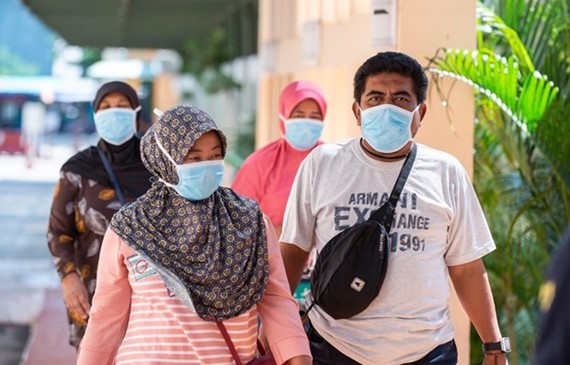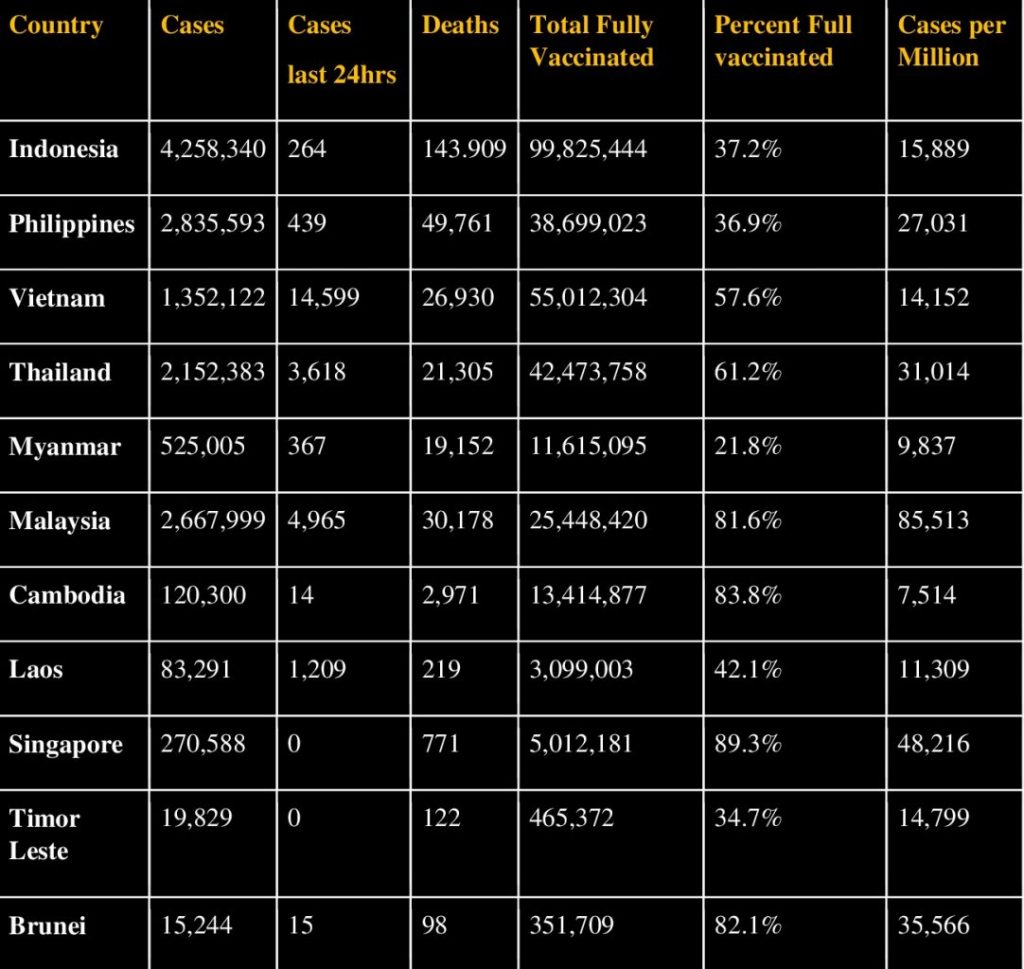The variant Omicron originates from South Africa has appeared and become more and more serious in many European countries. Faced with this situation, these countries are closely monitoring the epidemic situation and taking timely prevention measures. Quickly, the Omicron variant also has begun spreading to Southeast Asia countries.
1. Situation of Omicron variant spread in EU
As recorded, the first cases of Omicron variant in Europe were from southern Africa. The number of Omicron infections has increased rapidly, therefore, European countries to urgently deal with the increasing infection situation in recent weeks.
The most serious situation is the UK. According to the UK Health Security Agency (UKAHA) said on December 5, the total number of infections with this variant is 246 cases. In addition, Germany, Belgium, Austria and the Czech Republic have stepped up social distancing measures to contain the spread. Among them, Austria and the Czech Republic focus on restricting activities for people who have not been vaccinated. In Italy, the epidemic in Italy is still considered under control.

2. Southeast Asia records first Omicron cases
Singapore and Malaysia recorded the first three cases of Omicron variant. All of them returned from South Africa.
Singapore – On December 2, Singapore’s Ministry of Health announced that 2 passengers on a flight from South Africa to this country a day earlier had tested positive for the Omicron variant. Both of them have been fully vaccinated. Now, they are being treated at isolation destination. they had mild symptoms including cough and itchy throat. Singapore’s Ministry of Health said that both were isolated on arrival, so there is no evidence of community transmission from these two cases. Besides, officials are contacting to track passengers on the same flight.
Malaysia – Malaysian Health Minister Khairy Jamaluddin announced on December 3 that the country has also recorded the first case of Omicron infection. The case is a foreign passenger originating from South Africa, transiting in Singapore before landing in Malaysia on November 19.

3. Southeast Asian countries restrict people from African countries
In the context of Omicron mutations causing a new wave of Covid-19, many Southeast Asian countries announced to restrict people from some African countries.
Singapore on November 28 imposed travel restrictions with South Africa, Botswana, Lesotho, Mozambique, Namibia and Zimbabwe. Singapore still allows their citizens and permanent residents returning from high-risk countries in Africa to enter. However, They must be isolated for 10 days at a facility designated by the government.
Malaysia on December 1 banned people from leaving for the seven African countries mentioned above. Moreover, the country does not allow foreigners with a history of traveling through these countries in the past 14 days to enter the country. Malaysian still allows citizens or permanent residents from 7 African countries to repatriate. However, they are required to quarantine for 14 days at a government facility, not at home regardless of vaccination status.
Thailand banned entry from December 1 for people from eight African countries at high risk of infection with the Omicron strain. People coming from other parts of Africa, even if they have been vaccinated against Covid-19, are not exempt from isolation as current regulations.
Vietnam has not recorded cases of Omicron infection. On the evening of November 28, the Ministry of Health proposed that the government consider directing the suspension of flights to and from to countries. These flights includs South Africa, Botswana, Namibia, Zimbabwe, Eswatini, Lesotho, Mozambique. Vietnam is monitoring the situation and preparing a plan on vaccines and suitable treatment drugs to deal with the Omicron.
4. Statistics of COVID-19 cases in Southeast Asia
Updated on December 3, 2021
Source: CSIS

The post COVID-19 has returned EU and begun spreading to Southeast Asia with Omicron Variant appeared first on Luxury Travel's Blog.
Không có nhận xét nào:
Đăng nhận xét